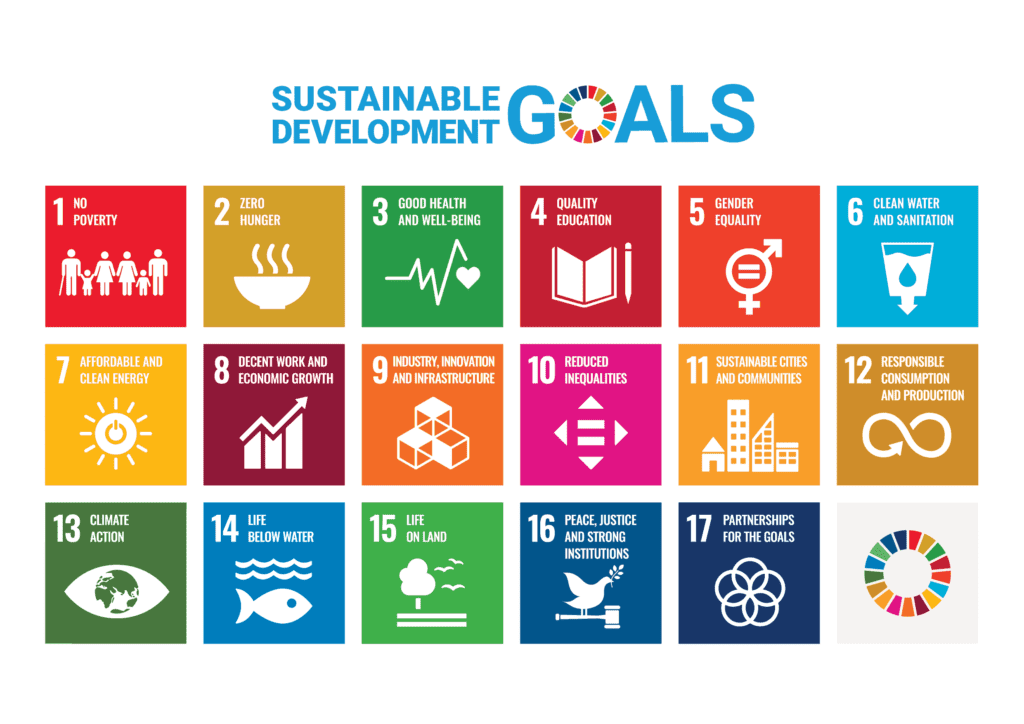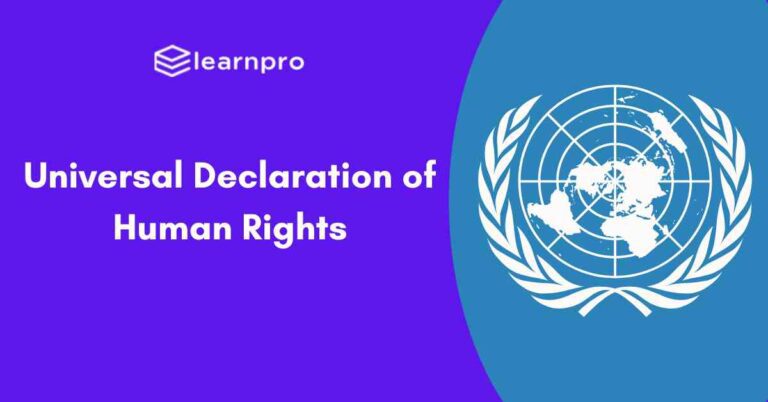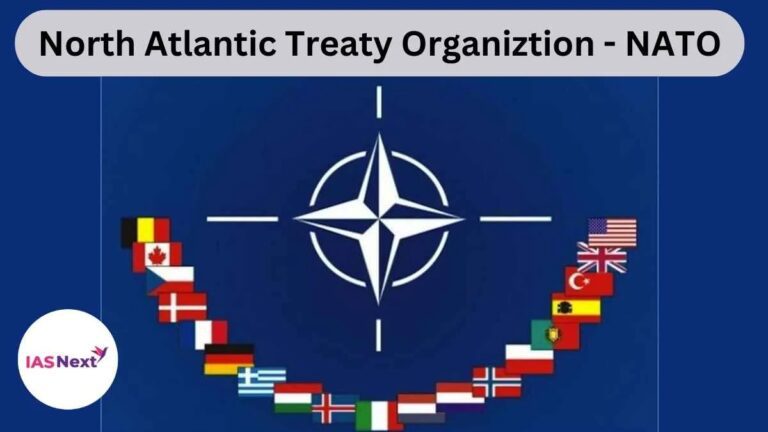December 7, 2025 6:26 am
Introduction
The United Nations (UN), established on October 24, 1945, is a central pillar of contemporary global governance. It was conceived to prevent large-scale conflicts like the two World Wars and to foster cooperation on political, economic, and social issues. With its 193 member states, the UN provides a platform for dialogue, action, and the pursuit of peace, justice, and sustainable development. This analysis explores the historical evolution, organizational framework, and operational efficacy of the UN in addressing the multifaceted challenges of the modern world.
2. Historical Context of the United Nations
2.1 The Failures of the League of Nations
The League of Nations, formed after World War I, was the first attempt at a global governance structure. However, its structural flaws and limited authority rendered it ineffective. Key issues included:
- Absence of Major Powers: The United States never joined, and countries like Germany and Japan withdrew, undermining the League’s universality.
- Lack of Enforcement Mechanisms: The League could not prevent acts of aggression, such as:
- Japan’s invasion of Manchuria (1931).
- Italy’s conquest of Ethiopia (1935).
- Germany’s expansion under Adolf Hitler.
These failures underscored the need for a stronger organization capable of enforcing decisions and managing global crises.
2.2 Formation of the United Nations
The creation of the UN was shaped by wartime cooperation among Allied powers. Key milestones included:
- The Atlantic Charter (1941): A vision for post-war peace, emphasizing self-determination, economic collaboration, and collective security.
- The Declaration by United Nations (1942): Signed by 26 nations, it formalized a commitment to defeating the Axis Powers and laid the groundwork for a post-war order.
- The Dumbarton Oaks Conference (1944): Drafted the structure of the UN, including the establishment of the Security Council and General Assembly.
- The San Francisco Conference (1945): Representatives from 50 nations finalized the UN Charter, which became the foundation of the organization.
3. Objectives and Guiding Principles
The UN Charter delineates the organization’s fundamental goals and principles, ensuring its relevance across diverse global contexts.
3.1 Objectives
Outlined in Article 1 of the UN Charter, the organization pursues four primary objectives:
- Maintaining International Peace and Security:
- Preventing conflicts and resolving disputes through diplomacy, mediation, and peacekeeping operations.
- Promoting Human Rights:
- Advocating for universal human rights, freedom, and dignity.
- Fostering International Cooperation:
- Addressing global challenges like poverty, climate change, and pandemics through collective action.
- Supporting Sustainable Development:
- Facilitating economic growth, social equity, and environmental sustainability through initiatives like the Sustainable Development Goals (SDGs).
3.2 Principles
The UN operates on key principles to uphold fairness and international law:
- Sovereign Equality of All Members:
- Regardless of economic or military strength, all member states are considered equal.
- Non-Interference in Domestic Affairs:
- The UN respects national sovereignty, intervening only in international crises.
- Peaceful Settlement of Disputes:
- Encourages negotiation and arbitration to resolve conflicts.
- Use of Force Only with Authorization:
- Military action is permitted only in self-defense or with Security Council approval.
4. Structure and Governance
The UN’s governance is organized into six principal organs, each serving a distinct function in global governance.
4.1 General Assembly
- Composition:
- Includes all 193 member states, each with one vote.
- Key Functions:
- Discusses and adopts resolutions on global issues.
- Approves the annual UN budget.
- Elects members to other key organs, including the Security Council and ECOSOC.
- Significance:
- Serves as a global forum for dialogue, though its resolutions are non-binding.
4.2 Security Council
- Composition:
- 15 members: 5 permanent members (China, France, Russia, the UK, and the US) with veto power, and 10 non-permanent members elected for two-year terms.
- Key Functions:
- Maintains international peace and security.
- Authorizes military interventions, sanctions, and peacekeeping missions.
- Criticism:
- The veto power of permanent members often leads to deadlocks, particularly in conflicts involving major powers.
4.3 Economic and Social Council (ECOSOC)
- Composition:
- 54 member states, elected by the General Assembly.
- Key Functions:
- Oversees specialized agencies like the World Health Organization (WHO), UNICEF, and UNESCO.
- Promotes sustainable development through economic and social initiatives.
4.4 International Court of Justice (ICJ)
- Location:
- Based in The Hague, Netherlands.
- Key Functions:
- Resolves disputes between states.
- Provides advisory opinions on international legal issues.
4.5 Secretariat
- Leadership:
- Headed by the Secretary-General, currently António Guterres.
- Key Functions:
- Implements the decisions of other organs and manages day-to-day operations.
4.6 Trusteeship Council
- Status:
- Suspended in 1994 after fulfilling its mandate to oversee trust territories.
5. Achievements of the United Nations
5.1 Peacekeeping and Conflict Resolution
- Peacekeeping Missions:
- Since 1948, over 70 peacekeeping missions have been deployed, including in:
- Rwanda (1994): Mediating post-genocide stability.
- Bosnia (1995): Overseeing the Dayton Agreement.
- South Sudan (2011): Supporting the world’s newest nation.
- As of 2023, over 87,000 personnel serve in peacekeeping missions globally.
- Since 1948, over 70 peacekeeping missions have been deployed, including in:
5.2 Humanitarian Assistance
- UNHCR:
- Provides aid to over 35 million refugees annually.
- World Food Programme (WFP):
- Assisted over 100 million people in 2022 alone.
5.3 Sustainable Development
- Sustainable Development Goals (SDGs):
- Adopted in 2015, the 17 SDGs aim to eradicate poverty, improve education, and combat climate change by 2030.

6. Challenges Facing the United Nations
6.1 Geopolitical Rivalries
The veto power within the Security Council often paralyzes decision-making, particularly in conflicts involving the US, Russia, or China.
6.2 Funding Constraints
The UN relies heavily on member contributions, with delayed payments from major contributors creating financial vulnerabilities.
6.3 Effectiveness in Crisis Management
Failures to prevent atrocities in Syria, Yemen, and Myanmar highlight limitations in rapid response capabilities.
7. Conclusion
The United Nations remains a cornerstone of global governance. While its achievements in peacekeeping, development, and human rights are notable, the institution faces pressing challenges. Reforms are necessary to enhance its efficiency and adapt to the complexities of the 21st century. The UN’s ability to evolve will determine its relevance in addressing global challenges and fostering international cooperation.
| Aspect | Details |
|---|---|
| Name | United Nations (UN) |
| Flag | |
| Emblem | |
| Headquarters | 760 United Nations Plaza, Manhattan, New York City, USA (International Zone) |
| Official Languages | Arabic, Chinese, English, French, Russian, Spanish |
| Official Scripts | Arabic, Cyrillic, Latin, Simplified Chinese |
| Membership | 193 member states, 2 observer states |
| Secretary-General | António Guterres |
| Deputy Secretary-General | Amina J. Mohammed |
| General Assembly President | Philemon Yang |
| Economic and Social Council President | Bob Rae |
| Date of Establishment | Charter Signed: 26 June 1945; Charter Effective: 24 October 1945 |
| Predecessor | League of Nations |
| Website | General Website / Permanent Missions |




[…] Military: Committed to peacefully resolving disputes but can use military power for crisis-management operations under Article 5 of the Washington Treaty or a United Nations mandate. […]
[…] Sustainable Development Goals (SDGs) are a set of 17 global goals established by the United Nations in 2015 as part of the 2030 Agenda for Sustainable Development. They serve as a universal call to […]
[…] by all 193 United Nations Member States in September 2015, the 2030 Agenda for Sustainable Development serves as a global blueprint to […]
[…] The United Nations: Role, Structure, and Global Impact […]
[…] The United Nations: Role, Structure, and Global Impact […]